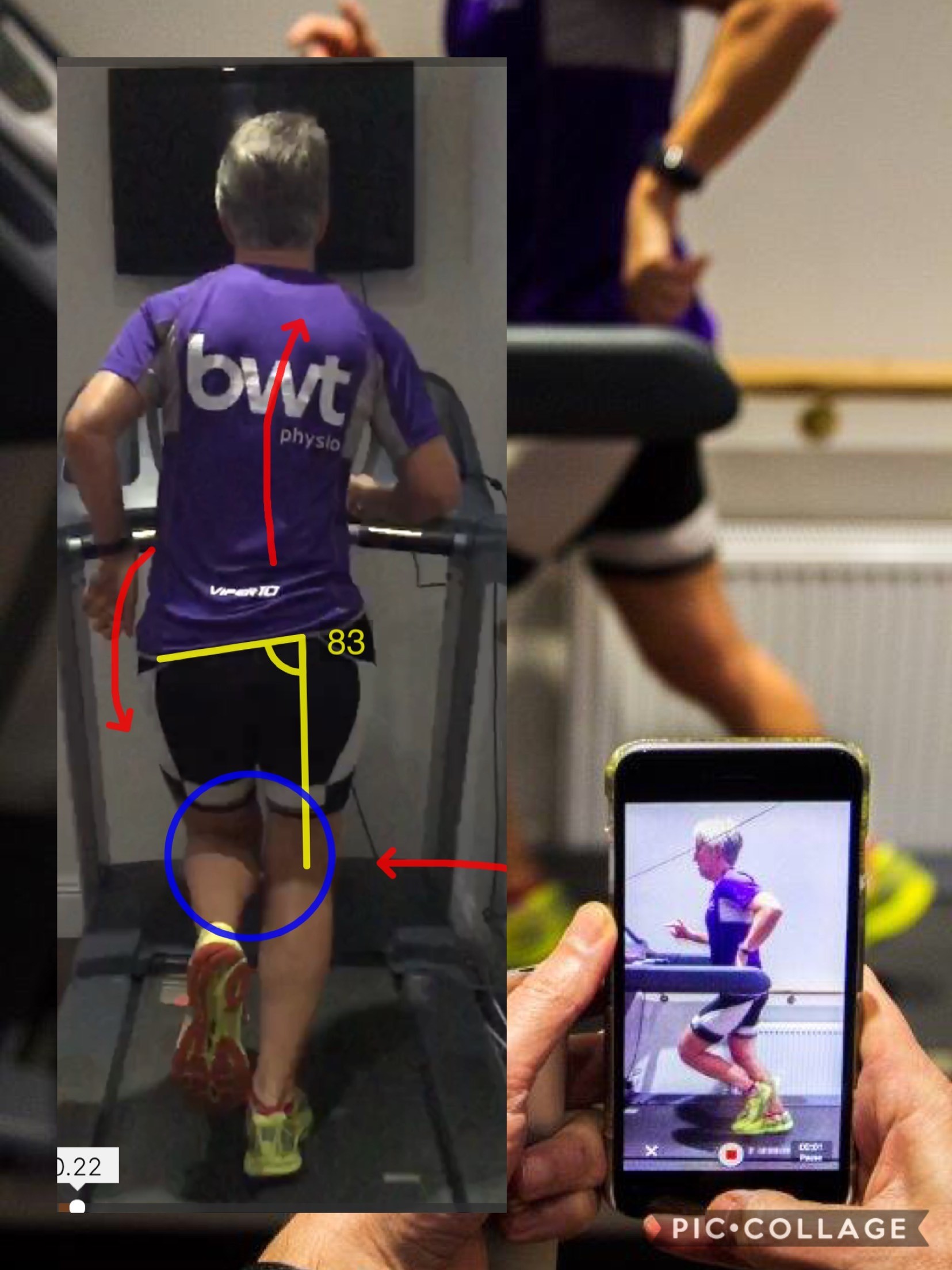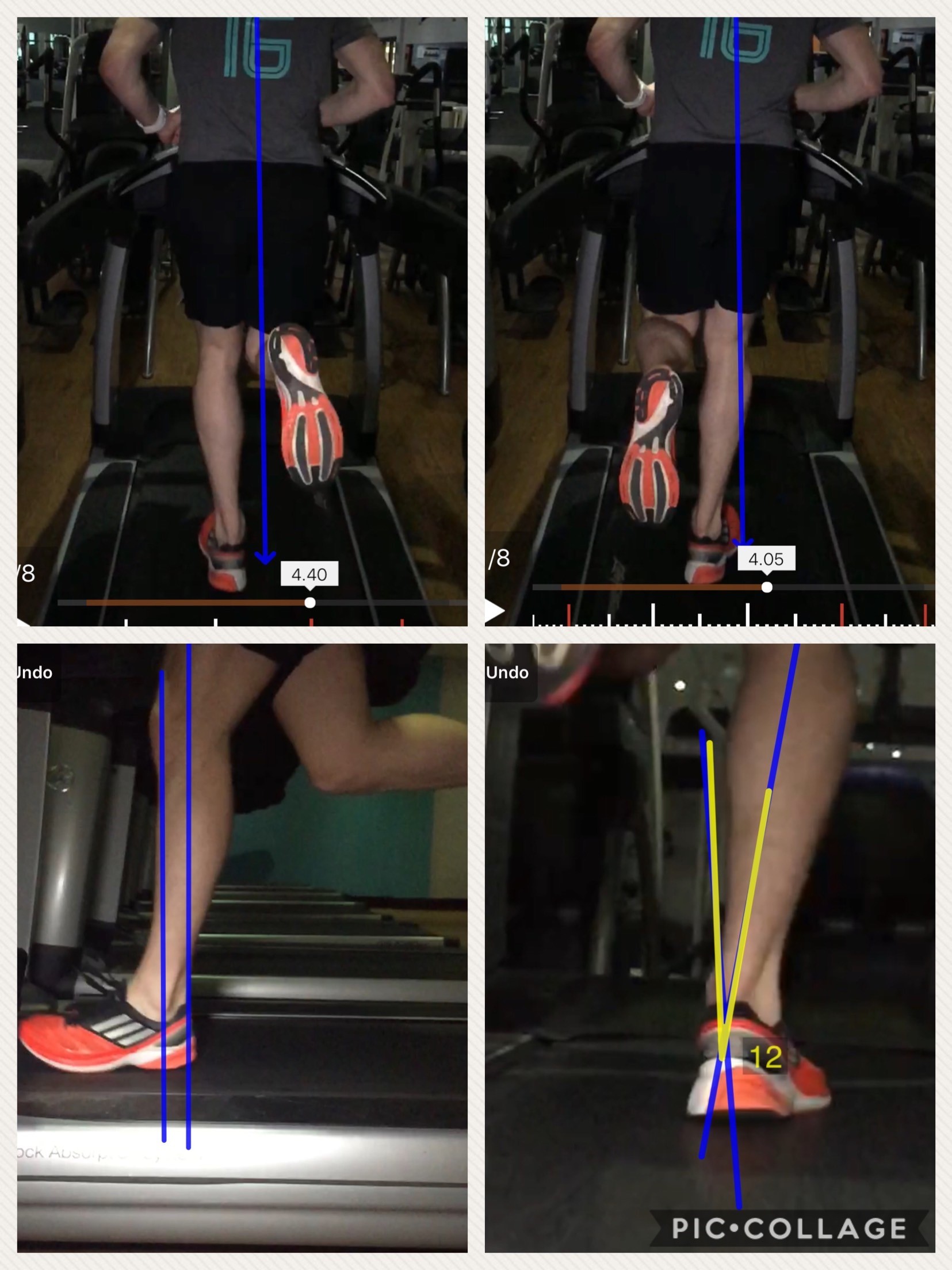News
BWT RunFit Full body running gait analysis
Posted on 01st Mar 2018
Whether you’re a couch to 5km warrior or a seasoned marathon runner you’re bound to suffer with twinges and niggles throughout your pavement pounding runs.
The gradual accumulation of those all important running miles means the body is forced to adapt to the increased loads or pay the price!
Appropriate adaptation to increased loads is essential to progress through training schedules without increased injury risk. Increasing your running training too quickly or introducing hill or speed work too soon can result in body aches and pains. Left unaddressed these warning signs can become chronic injuries often resulting in weeks of rest.
An early appointment with a Running Specialist Physiotherapist will pay dividends in the long run. Not only will they be able to effectively diagnose and treat your injury, they will establish why you succumbed to it in the first place. A comprehensive whole body assessment will highlight any issues with muscle lengths, muscle strength deficiencies and any poor biomechanical patterns of movement. Through a combination of hands-on Physio and an individually tailored ‘running’ strength and conditioning programme – you’ll be back on track in no time.
Running Specialist Physiotherapists generally work in a number of ways. Following a detailed assessment and a clear diagnosis the first aim is to settle those annoying painful symptoms, reducing any swelling and limiting any excessive inflammation. Physiotherapists will use a combination of joint mobilisations, soft tissue releases, ice/heat, electrotherapy e.g ultrasound and taping / strapping to support or offload injured tissues.
Secondly, the Physiotherapist will be starting to establish why this injury has occurred in the first place. Looking at the body in detail they will be able to establish if any joints are stiff, any muscles are tight or any muscles are weak. Achilles pain for example is made worse by tight and weak calf muscles and a stiff ankle joint. Iliotibial band syndrome (ITBS) leading to pain on the outside of the knee often has it’s origins in weak outer hip muscles which fail to adequately stabilise the hip during running.
Physiotherapists will also be looking at other possible reasons why the individual has become injured. A discussion into footwear, training run lengths, frequency and intensity, inclusion of hill or speed work, types of running surface, will highlight any poor practice which may increase injury risk.
The feather in the cap of most Running Specialist Physiotherapists is their ability to perform a whole body, slow motion, running gait analysis. This is the ideal way to assess the individual’s running style and it’s relationship to any injuries they may have. The aim of a running gait assessment is to identify how the various parts of the body move in different phases of the running cycle. By measuring joint angles at crucial phases of the gait cycle, recording the cadence (steps per minute), stride length and other variables, a picture can be built up of the runner’s overall gait health. This detailed analysis of the runner’s gait will help the Physiotherapist know which changes to make to improve running efficiency and help prevent injuries in the future.
You can learn more and see Gait Analysis in Motion here on the Facebook page.
By Paul Noble - BWT RunFit Full body running gait analysis.
You can see Paul here at West Hants or at the BWT clinic in Ashley Cross.



_250_250_90_c1.jpg)
_250_250_90_c1.jpg)
_250_250_90_c1.jpg)